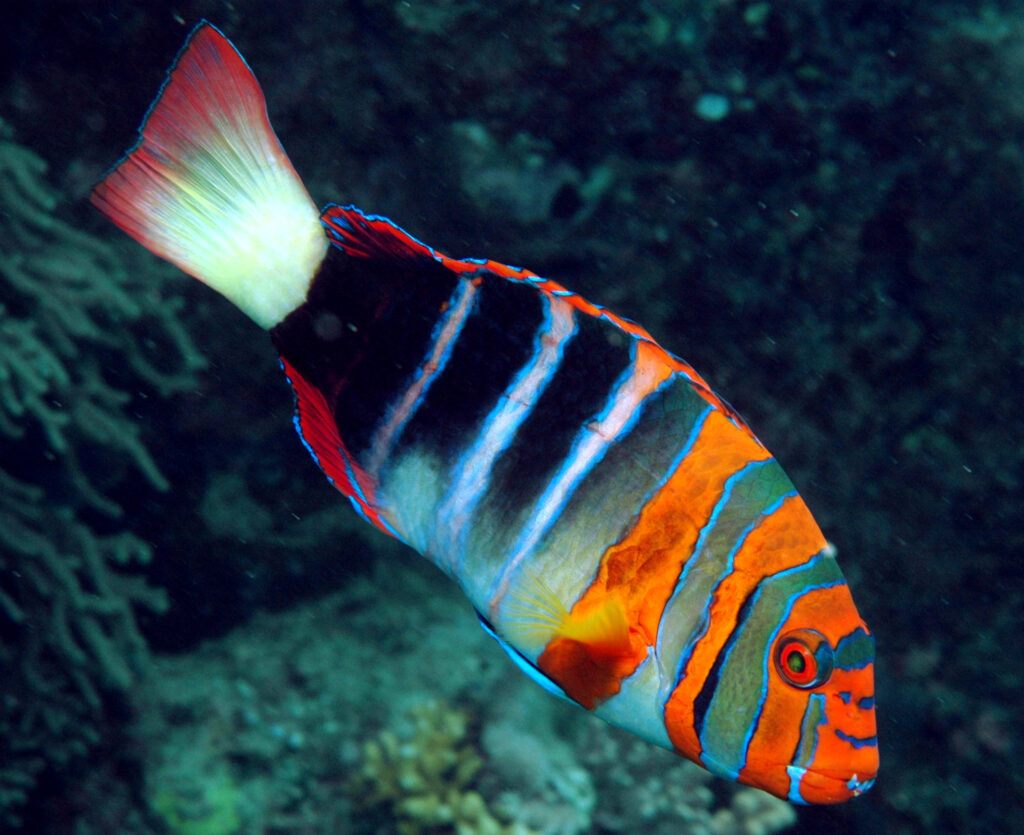
BREAKING NEWS…
There’s not a lot to say here about Wen-Ping Su and the capabilities of his Indonesian aquaculture powerhouse, Bali Aquarich, when it comes to breaking new barriers. As is often the case, news from this company arrives in nothing more than a smattering of photos shared with friends on social media.
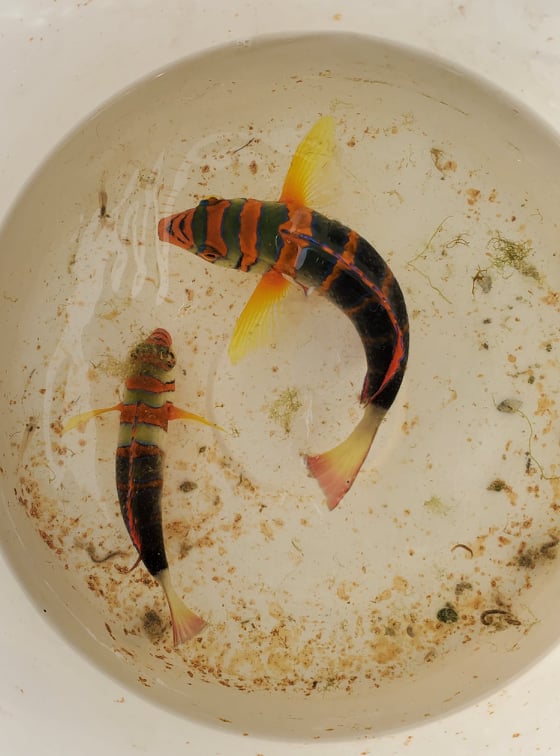
Since we don’t all have the luxury of a personal connection with the man behind an ever-growing litany of marine ornamental aquaculture accomplishments, we’re delighted to share these first looks at what are roughly 1 cm juvenile Harlequin Tusks on the farm at Bali Aquarich.
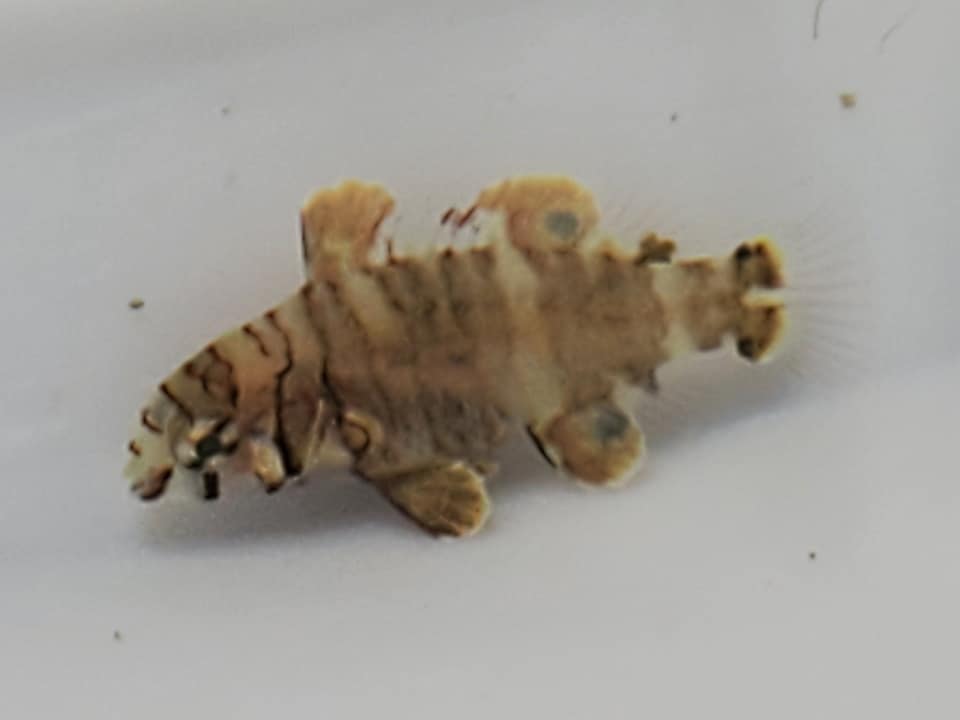
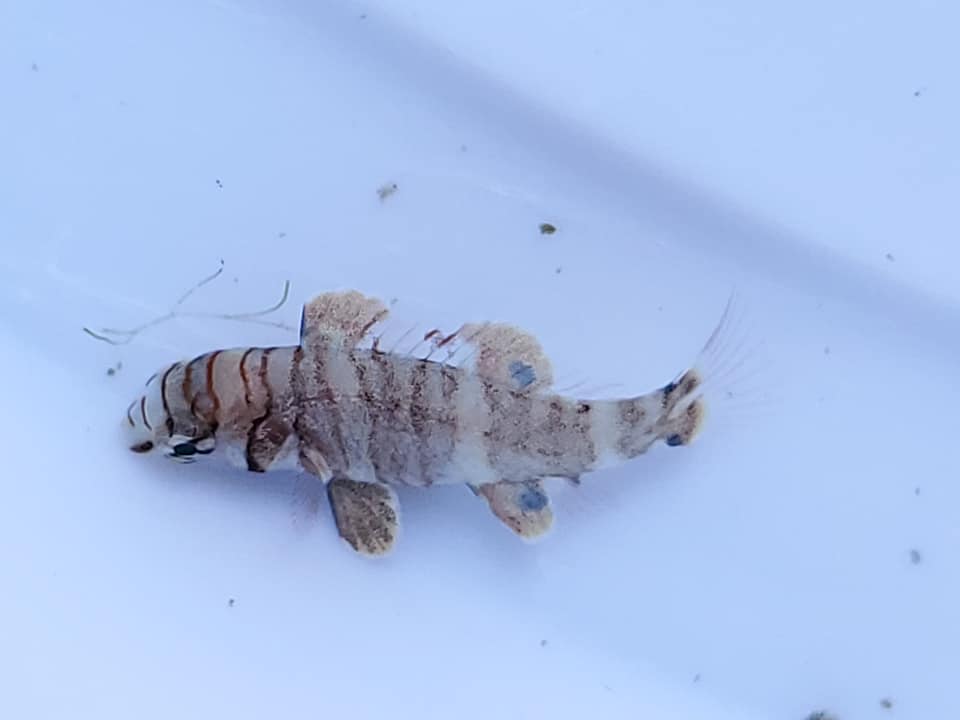
What do we know about this accomplishment? Bali Aquarich uses large broodstock ponds with multiple species housed together. Eggs are simply collected, and rearing attempts are made. This maximizes rearing attempts, particularly when there are only a small number of eggs; the co-culture of multiple species helps ensure the proper rearing densities and balance between larval fish and their prey.
The downside of this method is that the crew sometimes doesn’t know what they’re rearing until they’re settled; the upside is that sometimes there’s a big surprise! This time around, not only was a fresh batch of captive-bred Venustus Angelfish (Centropyge [Paracentropyge] venusta) reared, but another worldwide species-first was achieved, with the first captive-breeding of the Harlequin Tuskfish, Choerodon fasciatus.
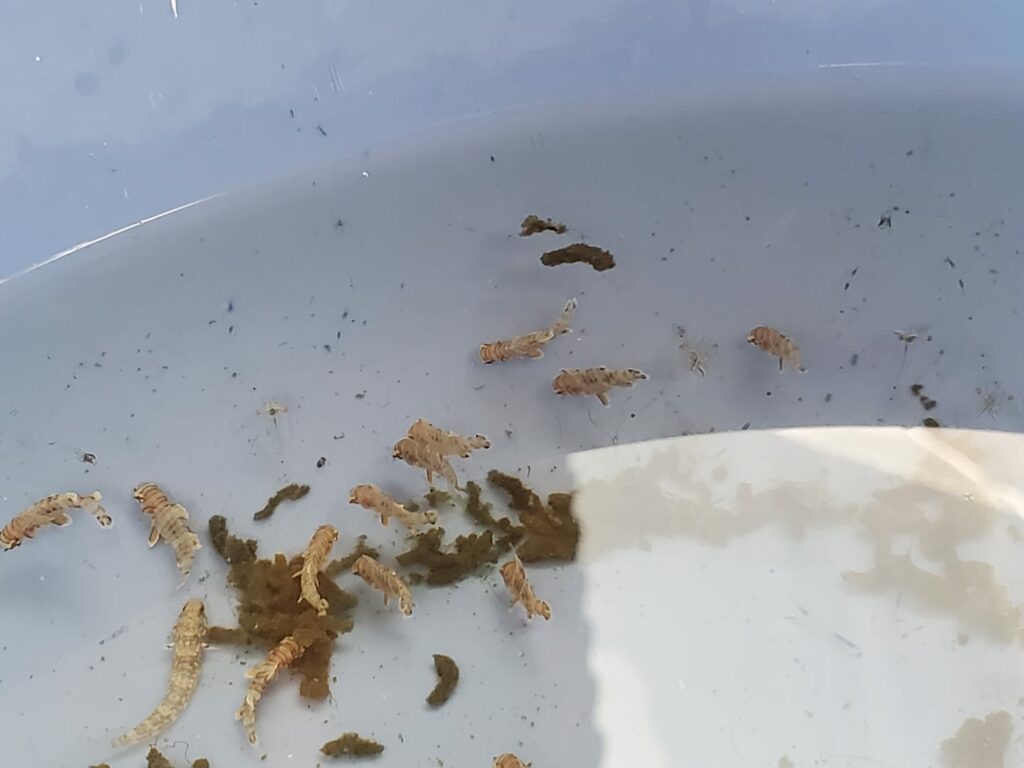
Wen-Ping Su doesn’t chalk this success up to luck. “We were not lucky,” he remarked. “We already tried [to breed this species] for a long time. We had to solve a lot of problems. It’s been an eight-year-long project.”
While the problems they overcome are likely going to remain trade secrets, what most excites me about an accomplishment like this is knowing that we all just learned that rearing protocols that work for Venustus Angelfish should also work to rear at least *some* Harlequin Tusks. Whether you can pair some Tusks and spawn them at home is another matter; the tanks used on the Bali Aquarich farm are measured in tonnes (in this case, a 10-tonne or roughly 2,600-gallon pond holds the broodstock)!
Image credits: Bali Aquarich




